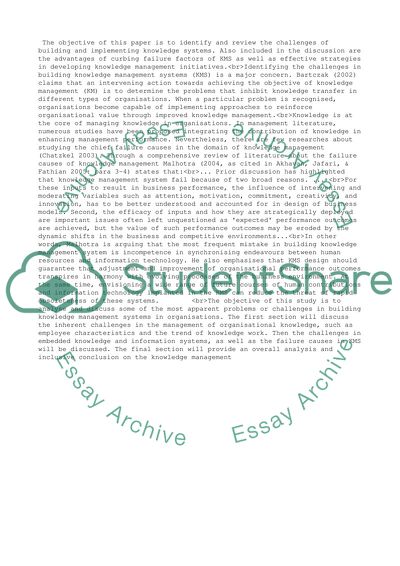Cite this document
(“Knowledge Management Systems Essay Example | Topics and Well Written Essays - 4750 words”, n.d.)
Retrieved from https://studentshare.org/business/1518276-knowledge-management-systems
Retrieved from https://studentshare.org/business/1518276-knowledge-management-systems
(Knowledge Management Systems Essay Example | Topics and Well Written Essays - 4750 Words)
https://studentshare.org/business/1518276-knowledge-management-systems.
https://studentshare.org/business/1518276-knowledge-management-systems.
“Knowledge Management Systems Essay Example | Topics and Well Written Essays - 4750 Words”, n.d. https://studentshare.org/business/1518276-knowledge-management-systems.


